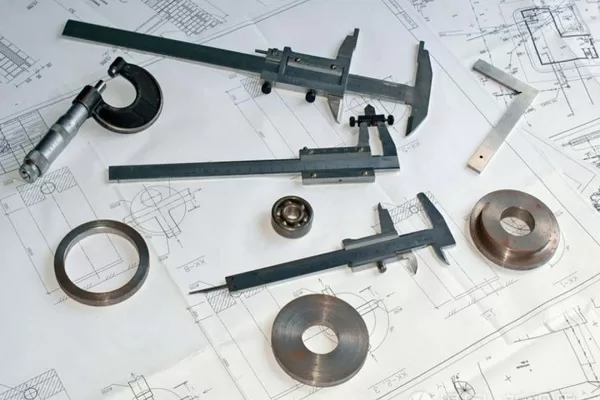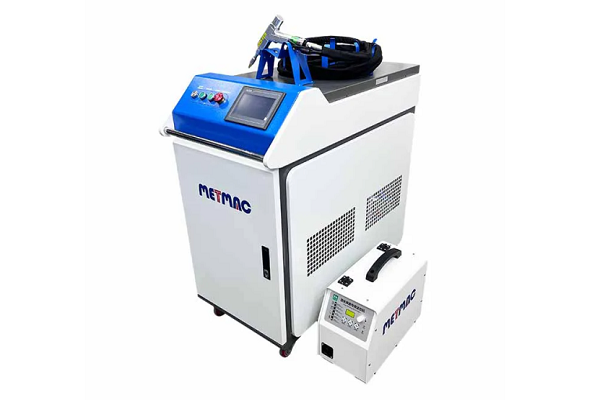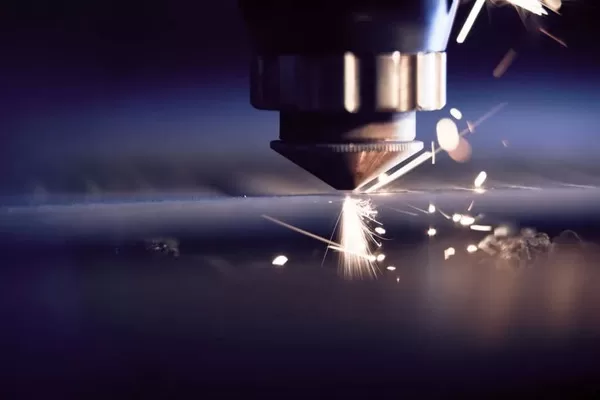
The Pros and Cons of Different Laser Sheet Cutting Machine Designs
- By:Metmac
- 2024-08-22
- 15
In the realm of manufacturing, precision matters. Laser sheet cutting machines, with their ability to deliver intricate cuts and etchings, have revolutionized the industry. However, choosing the optimal machine for your specific application can be a daunting task, as there is a myriad of designs to choose from. This article delves into the advantages and disadvantages of various laser sheet cutting machine designs, empowering you to make an informed decision.
CO2 vs. Fiber Lasers
The two primary types of lasers used in sheet cutting machines are CO2 and fiber lasers. CO2 lasers excel at cutting non-metallic materials, such as wood, acrylic, and leather, and are known for their high power output and relatively low maintenance costs. Fiber lasers, on the other hand, are more suited for cutting metals, including aluminum, steel, and stainless steel. They offer higher energy efficiency, faster cutting speeds, and a more compact design.
Gantry vs. Flying Optic Systems
Gantry systems utilize a movable beam or gantry that carries the laser head over the cutting surface. Flying optic systems, in contrast, have a laser head that is moved independently, typically via a flexible arm or a robotic arm. Gantry systems provide greater rigidity and stability, making them suitable for heavy-duty applications and large workpieces. Flying optic systems offer greater flexibility and accuracy, allowing for complex cuts and curved surfaces.
Bed Size and Cutting Capacity
The bed size of a laser sheet cutting machine determines the maximum size of material that can be processed. Cutting capacity refers to the thickness of material that the machine can cut through consistently. Larger bed sizes and higher cutting capacities come with a higher price tag, so it is crucial to consider your production requirements before making a purchase.
Automation and Software
Modern laser sheet cutting machines offer a range of automation features, such as auto-focusing, nesting software, and collision avoidance systems. These features enhance efficiency, reduce scrap, and enable unattended operation. The software provided with the machine should be user-friendly, allowing for easy setup and maintenance.
Conclusion
Selecting the right laser sheet cutting machine design involves a careful consideration of your application, material requirements, and production volume. CO2 lasers are suitable for non-metallic materials, while fiber lasers excel at cutting metals. Gantry systems provide stability, while flying optic systems offer flexibility. Bed size and cutting capacity should be aligned with your production needs. Automation features and user-friendly software enhance efficiency and ease of use. By understanding the advantages and disadvantages of different designs, you can make an informed decision that will optimize your manufacturing capabilities and drive your business forward.
-
Understanding the Manufacturing and Quality Standards for Sheet Metal Folding Machines
2024/09/11 -
Understanding the Manufacturing and Quality Standards for Laser Sheet Cutting Machines
2024/09/11 -
Understanding Different Configurations and Capacities of Sheet Metal Folding Machines
2024/09/11 -
Understanding the Manufacturing and Quality Standards for Plate Bender Machines
2024/09/11



